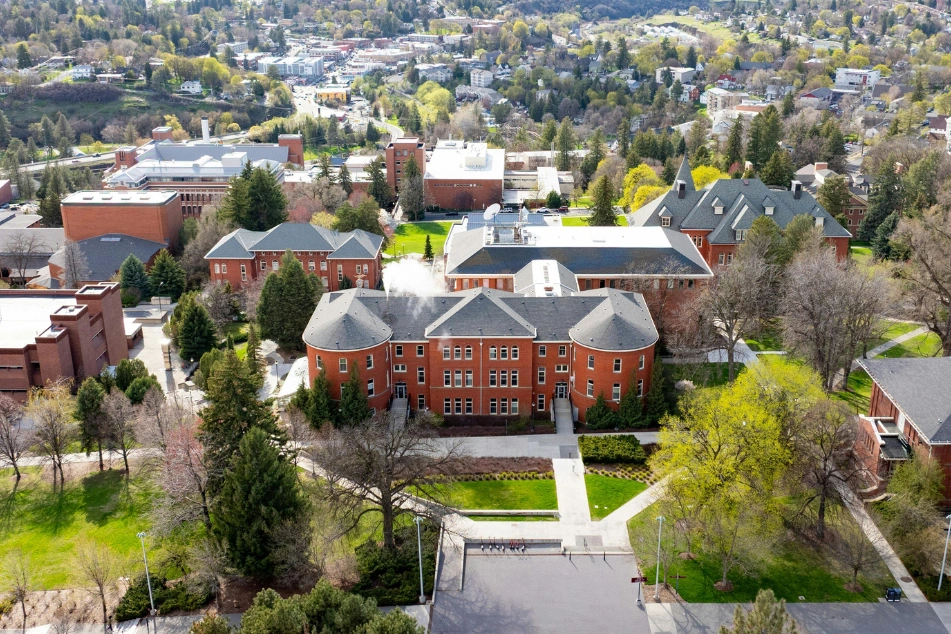Events of recent years prompted institutions of higher education to offer more opportunities for virtual learning than in-person learning. The convenience and cost-effectiveness of virtual learning is exciting but experts agree that a balance between “high tech” and “high touch” is best. Sharing physical space promotes collaboration, inclusivity, and social interaction—skills necessary to succeed in the real world.
While the need for physical space remains, the needs and wants of end users have changed. Space planning must consider academic, recreational, residential, and administrative needs. Recent studies reflect the following advancements in the development and design of higher ed facilities:
- Instead of specialized offices dispersed across campus, students prefer a single welcome and help center with support to navigate various administrative tasks.
- Rec (recreational) centers are offered for students who value physical health but are not on a varsity sports team. These centers may also incorporate esports where students participate in [video] gaming competitions.
- Mental health has become as much a priority as physical health, and campuses are introducing “Reset Rooms” where students can access resources to help calm and clear their minds.
- Classrooms are being converted into “Zoom Rooms” for video meetings and instruction. The rooms allow those enrolled in e-learning courses to still utilize campus amenities.
- Older campus structures are being converted into smart buildings with integrated technology. The technology can support the growing number of classroom devices that require internet access but also connect and digitally monitor HVAC, lighting, and safety and security functions.
- Copper wiring for phone lines in the aforementioned older structures is converted to voice over IP (VoIP), allowing voice calls to be made via an internet connection.
- Historic buildings are also getting electrical panel upgrades from original 100-amp versions to 200 to 400 amps or even a three-phased power supply with separate currents. Upgrades prevent system overloads and accommodate the need for more power and for additional electrical outlets.
- Traditional classroom layouts with a professor’s desk or lectern at the front of the room and students seated in rows facing it are being reconfigured. Professors can be situated in the center of the room with students and monitors surrounding them for more equal access.
- Study rooms—and the option to reserve them—are desired for small groups of students or students and faculty members to meet and work together outside of a classroom.
- A variety of furniture, including tables and chairs, benches, and sofas and lounge chairs, as well as artwork, plants, and other décor make public spaces more inviting.
- Students, faculty, and staff agree that access to natural light is of growing importance. In climates where working outdoors is not feasible, the use of natural or simulated sunlight in interior structures is the next best thing.
- Facilities are encouraged to incorporate more food and drink vending options via cart, machine, or cafés into additional spaces. This offers convenience for end users and provides an added revenue stream.
Capital construction and space planning leaders are critical to the ongoing development of an institution. To learn more about recruiting for these important roles, click here to contact a ZRG search consultant.
.webp)
.svg)






